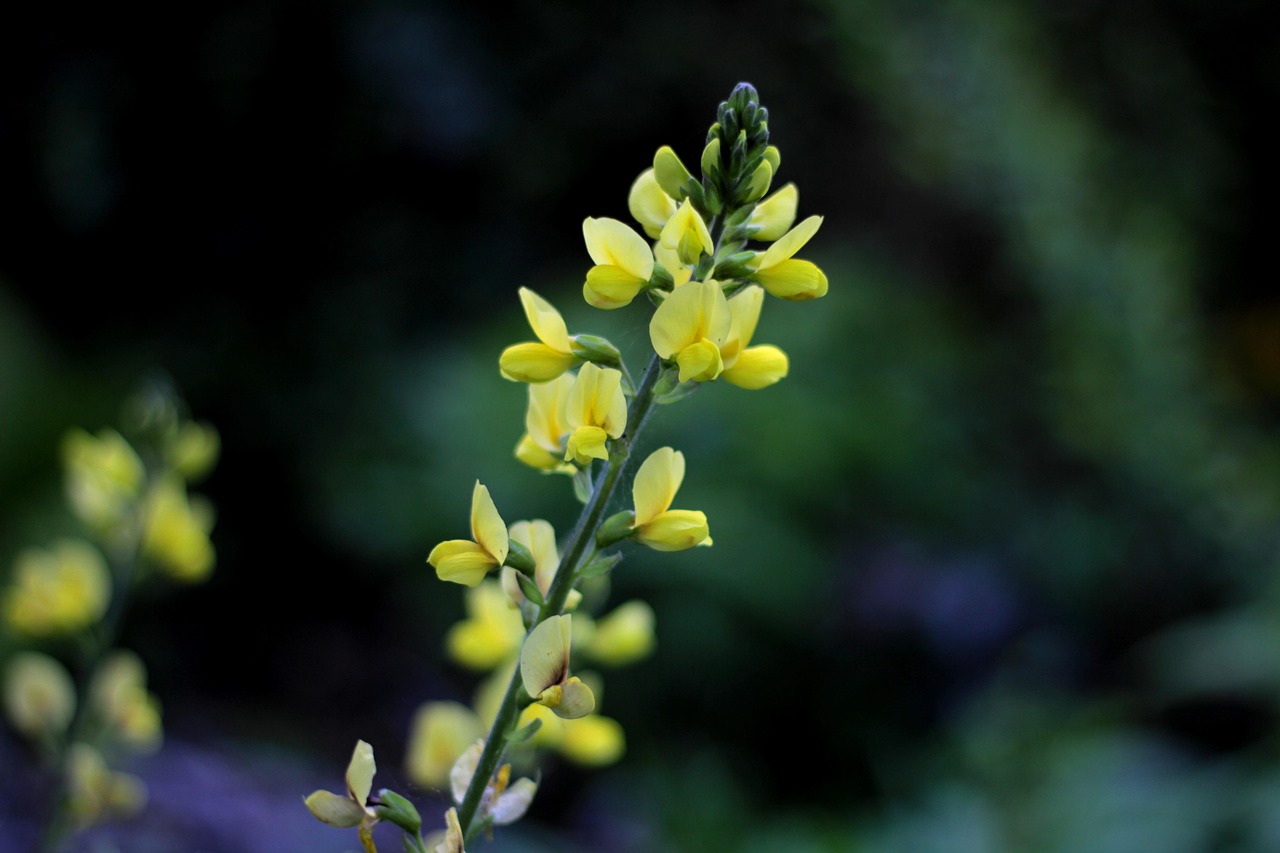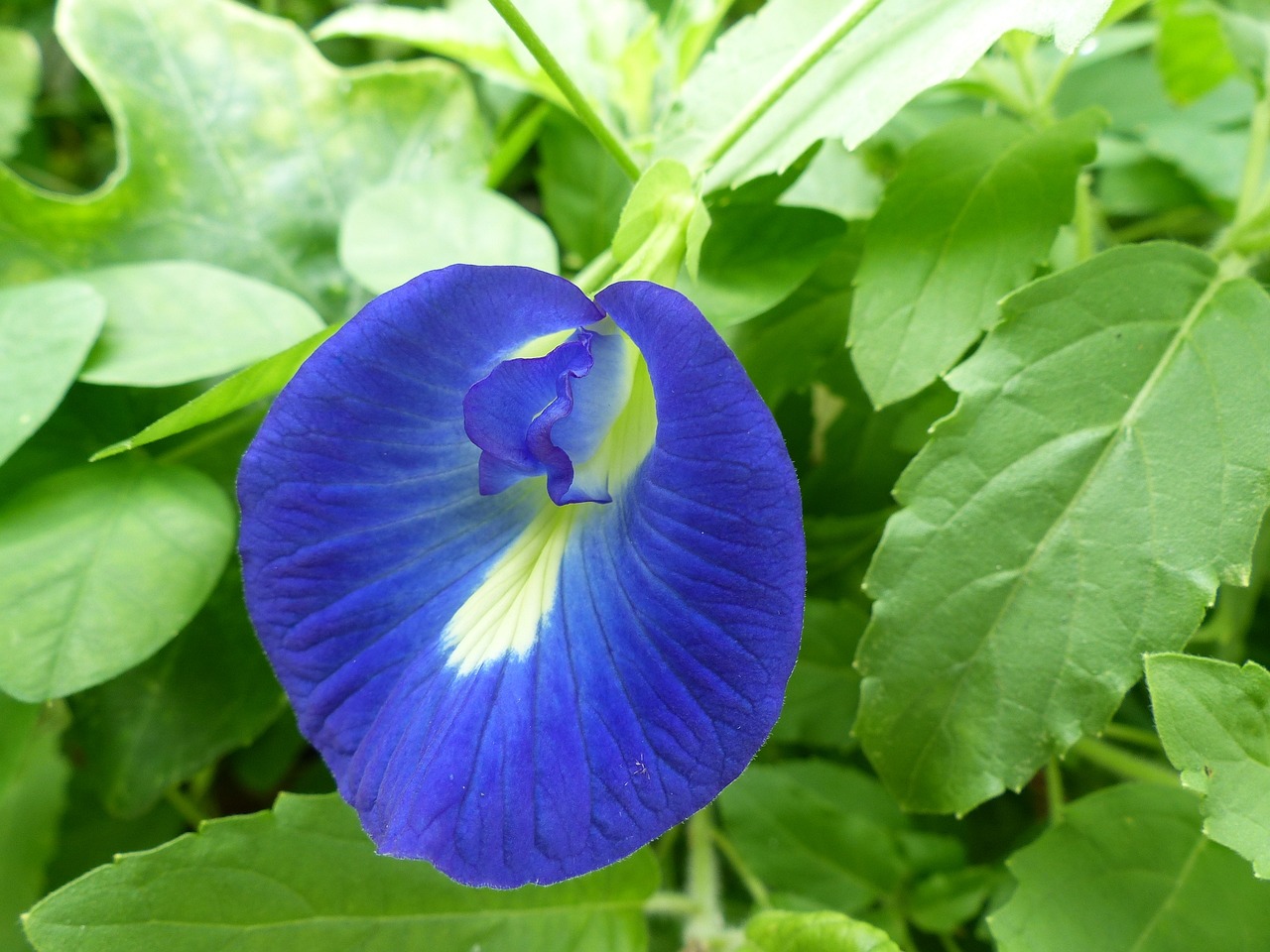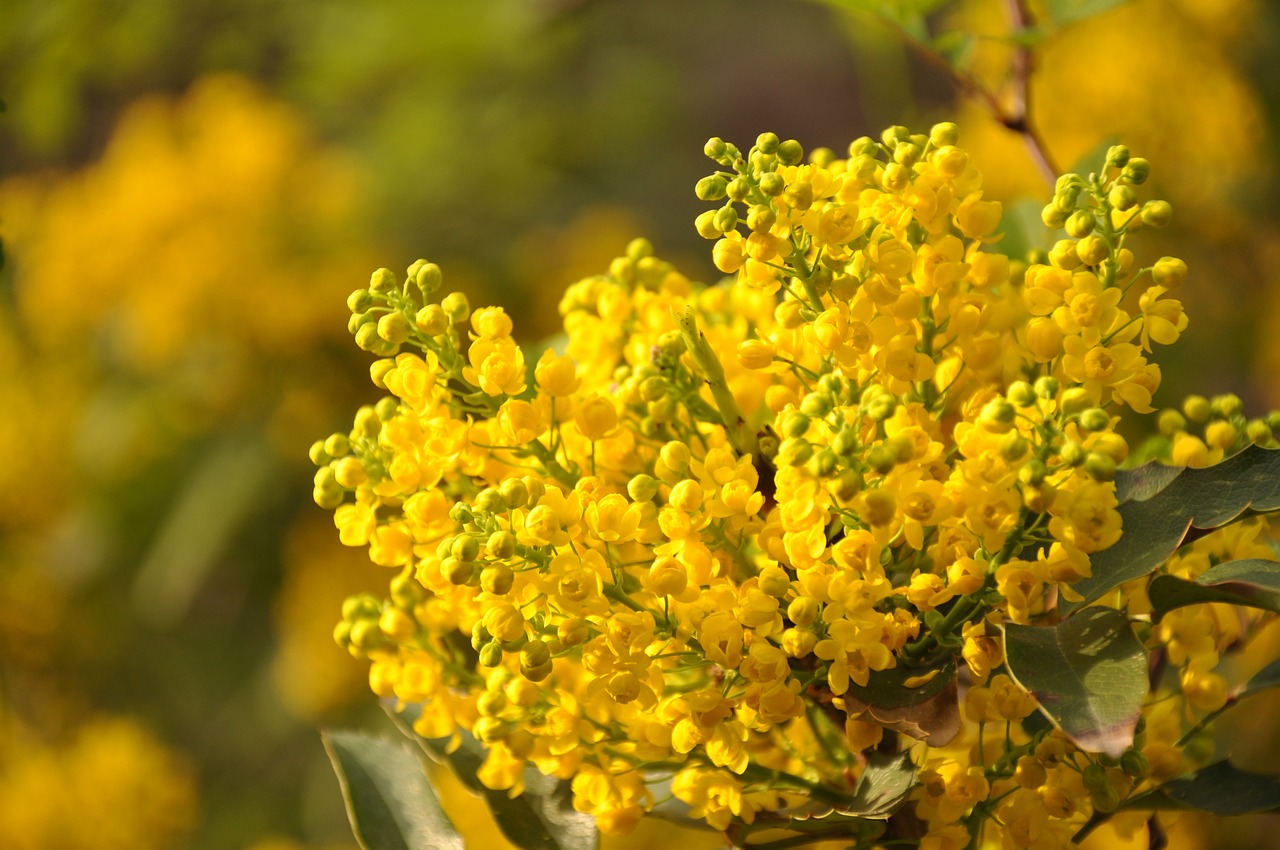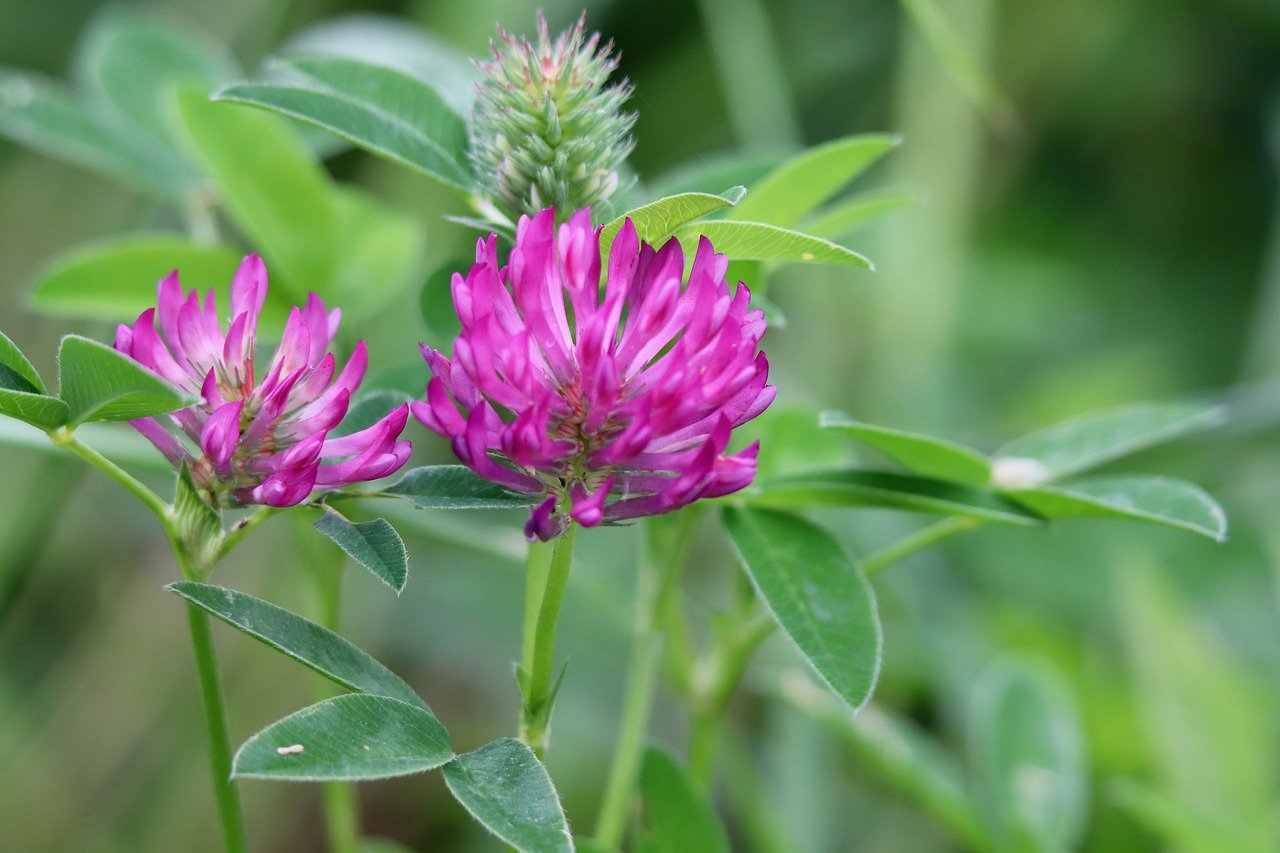Golden Candle|Yellow Flower Spikes Coloring the Landscape of Tropical Culture
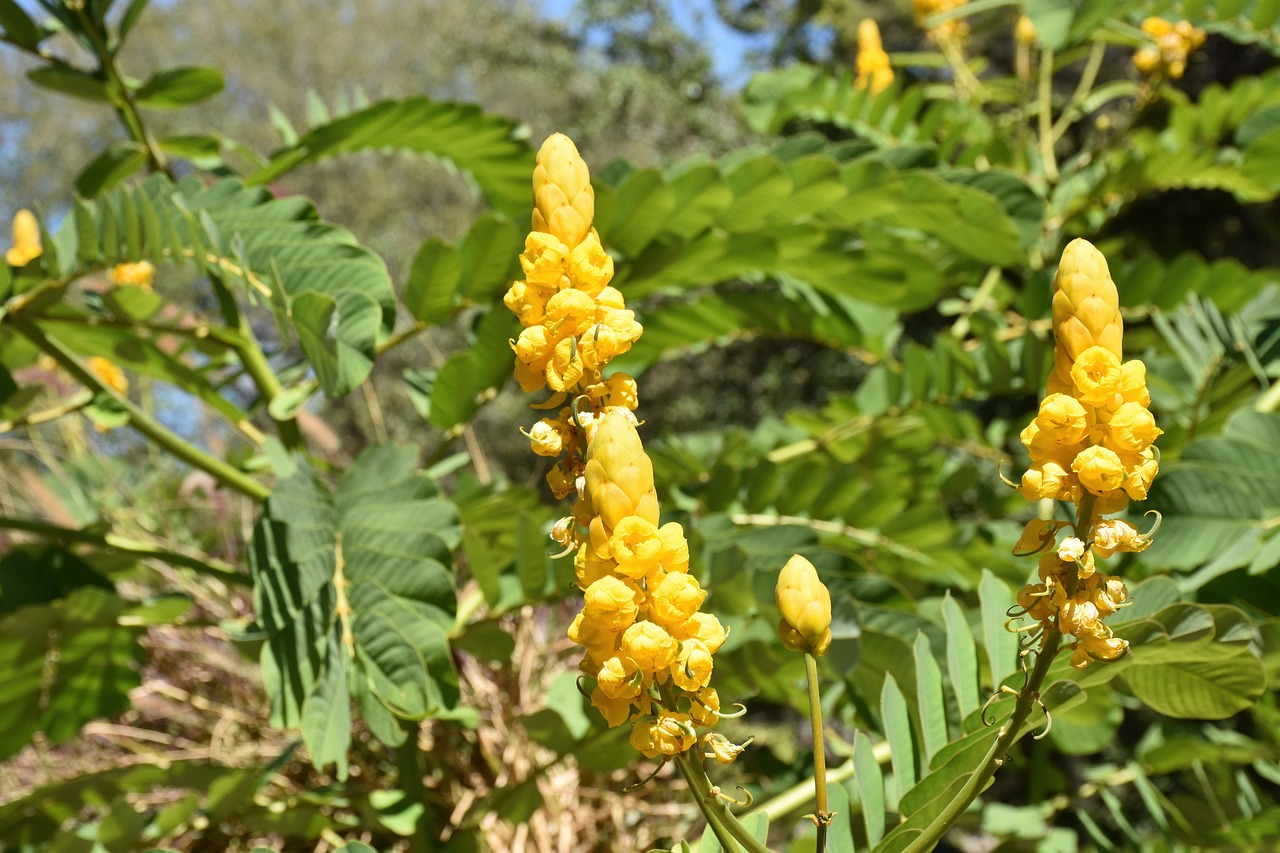
The Golden Candle (Senna alata), a leguminous plant native to tropical America, is characterized by its striking golden inflorescences that rise like candlesticks.
It grows vigorously, reaching a height of 2 to 4 meters, and creates a strong visual presence. Beyond its popularity as an ornamental plant, it has also been integrated into local landscapes and public spaces across Southeast Asia and Africa, where it plays cultural roles as well.
In this article, I will provide an overview of the plant’s basic features, along with its cultural significance around the world, its historical background, and essential tips for cultivation.
Basic Information
- Scientific Name: Senna alata
- Family: Fabaceae
- Origin: Tropical America
- Appearance: The large pinnate leaves are a vivid green, giving the entire plant a vigorous and untamed look. From summer to autumn, cylindrical spikes bear clusters of bright yellow flowers that bloom in succession, resembling the flames of a candle. This is why it is also called Candle Bush in English.
- Blooming Season: Summer to autumn (year-round in certain regions)
Cultural Characteristics Worldwide
Thanks to its bright appearance and robust growth, the Golden Candle has been widely planted in public landscapes across tropical and subtropical countries.
In Southeast Asia, it is often cultivated in schools, parks, and government facilities, where it is regarded as a source of brightness and vitality in daily life. In Indonesia and Malaysia, alongside symbolic trees such as the Bodhi tree or the flamboyant, it has been seen as a symbol of growth and hope, especially in educational settings.
In West Africa, it has sometimes been used in festival decorations or traditional gardens, becoming a plant that enhances the backdrop of cultural events.
In terms of color symbolism, yellow often represents fertility, the sun, and the sacred. The striking presence of its flowers naturally aligns with these values.
Its cultural role across the tropics exemplifies how plants are more than ornamental objects—they actively shape people’s perception of space and express collective emotions.
Historical Episodes
The Golden Candle is believed to have been introduced to Europe between the late 18th and early 19th centuries, a period closely tied to colonial expansion and the development of plant taxonomy.
British and French horticulturalists and naturalists collected various tropical plants, which were studied in royal botanical gardens and academic institutions.
The Golden Candle was among them, and 19th-century records show its introduction into colonial gardens in India, Southeast Asia, and West Africa.
In particular, in French Indochina, it was incorporated into Western-style gardens in colonial cities such as Dalat (present-day Central Highlands of Vietnam) and Saigon (now Ho Chi Minh City), where it became a symbol of tropical garden aesthetics.
Horticultural books and landscape paintings from the time often depicted this flower, illustrating the role it played in garden design.
In Japan, it was introduced after the Meiji era, mainly in warmer regions. Today, it can be seen in Okinawa and southern Kyushu.
Gardening Advice
As a tropical plant, the Golden Candle thrives in warm environments. To ensure healthy growth, I recommend the following care tips:
Sunlight
Place it in full sun throughout the day. Insufficient sunlight reduces flowering.
Watering
Water thoroughly at the base when the surface soil dries. Use well-draining pots to prevent waterlogging.
Soil
Choose nutrient-rich, well-drained soil. Mixing garden soil with compost or akadama soil is effective.
Fertilizer
Apply a slow-release fertilizer once a month from spring to autumn. Avoid over-fertilization.
Pruning
Prune after flowering or when branches grow excessively to maintain shape and improve air circulation, which helps prevent pests and diseases.
Wintering
In Japan’s temperate regions, outdoor overwintering is difficult. Move potted plants indoors before frost and place them by a bright window.
Conclusion
The Golden Candle, with its inflorescences reminiscent of candle flames, is a striking tropical plant.
In Southeast Asia and Africa, it has been widely used in public landscaping and cultural settings.
Its introduction to the wider world was linked to colonial policies and the rise of botanical science in the 18th–19th centuries, and it continues to be grown in gardens across the globe.
When cultivated in warm environments with sufficient sunlight, it rewards us with its remarkable floral display.

